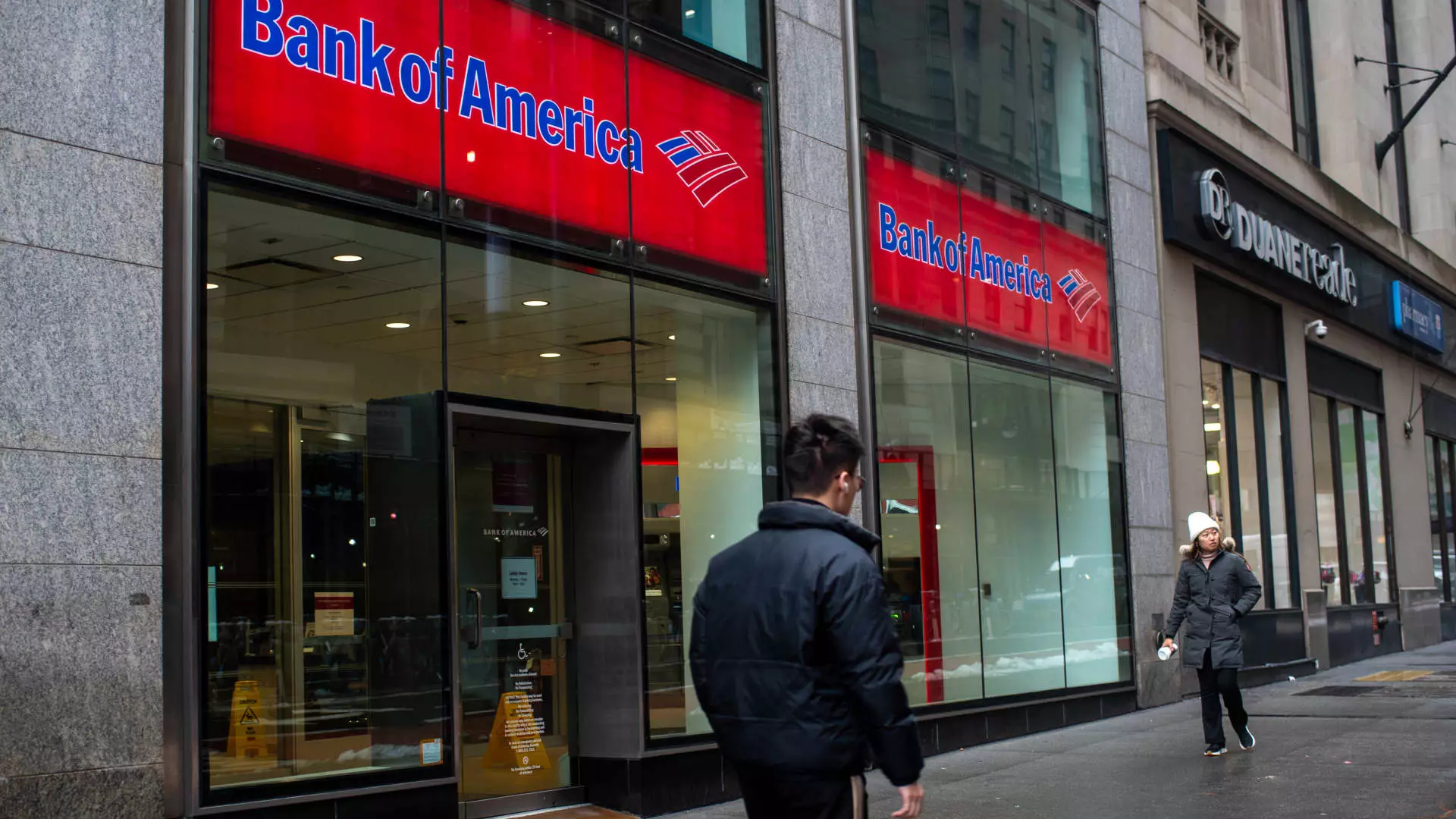7 Hidden Powerhouses: Why Conservative Growth Stocks Will Define Your Financial Resilience in Turbulent Markets

The financial landscape today is more volatile and unpredictable than ever, a fact reinforced by geopolitical tensions, trade disputes, and unpredictable policy decisions. Recent market shocks—such as threats of tariffs and regulatory clampdowns—highlight that traditional growth-oriented investments are increasingly vulnerable to external shocks. For the prudent investor, this chaos presents a challenge: how to safeguard capital while still nurturing returns? The answer may be rooted in a strategic pivot toward dividend growth stocks, but with a refined eye toward quality and sustainability.
Rather than simply chasing high yields, savvy investors are now emphasizing companies with a proven track record of increasing their dividend payouts annually. This shift is based on the understanding that sustainable dividend growth signals underlying financial health and disciplined management. It’s not just about what a stock pays today but how reliably and consistently it can grow those payments, especially amid economic headwinds.
Why Not All Dividend Stocks Are Created Equal: The Real Value Lies in Quality and Growth
In the search for resilient investments, it’s tempting to focus solely on yield figures or recent dividend hikes. Yet, such metrics don’t tell the full story. Companies with a stable cash flow, solid earnings coverage, and a shareholder-friendly approach are far better positioned to weather storms. Goldman Sachs’ recent focus on such companies highlights the importance of exposure to stocks with a high dividend coverage ratio—meaning their earnings comfortably support dividend payments—along with a projected compound annual growth rate (CAGR) of at least 5%.
In essence, a high-yield stock that cannot sustain dividend increases or that relies on debt to pay dividends is a ticking time bomb. Conversely, those with a proven ability to grow dividends and generate free cash flow provide investors with a dual advantage: income and capital appreciation. This approach aligns perfectly with a center-right perspective, emphasizing fiscal responsibility, prudent management, and the importance of rewarding shareholders consistently.
Financial Giants: Banking Sector Shows Promise Despite Turbulence
Major U.S. banks like Bank of America, Wells Fargo, and Citigroup exemplify the kind of stability-driven investments worth considering. Having survived recent stress tests and economic downturn scenarios, these financials are now poised to return capital to shareholders through dividend increases—an encouraging sign of their resilience and confidence in their earnings prospects. The double-digit dividend-per-share CAGR forecast for these banks indicates that their payout growth is sustainable, not just a short-term gesture to appease shareholders.
The Biden administration’s policies and ongoing regulatory oversight create headwinds, but prudent banks with solid balance sheets are still on course to reward shareholders. Their ability to enhance dividends demonstrates a strong internal capital allocation discipline—something that conservative investors should prioritize when constructing a resilient portfolio. Relying solely on high-growth sectors exposes investors to excessive risk; stable, cash-rich financial institutions provide a more reliable income stream.
Utilities and Essential Services: Defensive Plays with Growth Potential
Utilities like NextEra Energy and American Electric Power embody the sweet spot of stability and growth. These companies benefit from their essential service status, ensuring steady revenue streams, while also investing in future energy infrastructure—crucial for their long-term viability. On the surface, their dividend yields—averaging around 3-4%—might seem modest, but their rising dividend CAGR of 7-10% indicates a healthy balance sheet and a commitment to shareholder returns.
Interestingly, recent political shifts, such as executive orders impacting renewable subsidies, have caused short-term fluctuations. Yet, their core business fundamentals remain strong. Utilities often serve as the backbone of a defensive investment strategy, providing peace of mind in uncertain markets. Their ability to steadily increase dividends, even amid policy turbulence, underscores their value in a center-right portfolio aligned with fiscal conservatism and prudent growth.
Re-evaluating Real Estate: The Case of American Homes 4 Rent
Real estate investment trusts (REITs) like American Homes 4 Rent illustrate the potential rewards—and risks—of focusing on income-producing assets. This REIT’s strategy of owning and managing a vast portfolio of single-family homes in desirable markets provides a steady income base. The current dividend yield of 3.3% offers attractive income, while an 8% dividend CAGR highlights credible growth prospects, driven by a burgeoning rental market.
However, the stock’s recent underperformance—down 5% year-to-date—serves as a reminder that even carefully selected real estate plays face headwinds from rising interest rates and economic shifts. For investors with a conservative outlook, the focus must be on entities with strong occupancy rates, disciplined debt management, and clear growth strategies. While not immune to economic cycles, well-managed REITs can serve as dependable anchors in a diversified portfolio.
In a world fraught with unpredictable shocks, the most critical lesson for investors with a center-right, fiscally responsible outlook is the importance of quality over hype. Dividend-growth stocks—particularly those in banking, utilities, and select real estate sectors—offer a compelling blend of stability, income, and growth. The emphasis should be on companies that demonstrate robust earnings coverage, strong free cash flow, and a commitment to rewarding shareholders consistently.
As market volatility persists, it becomes increasingly clear that safe havens are not merely those that pay high yields but those that demonstrate sustainable growth and prudent management. The companies outlined by Goldman Sachs provide a blueprint for resilient investing: low risk, high discipline, and steady capital appreciation. Each of these firms embodies traits crucial to weathering current economic storms and emerging stronger—attributes that align with a responsible, center-right investment philosophy grounded in fiscal conservatism and long-term growth.





